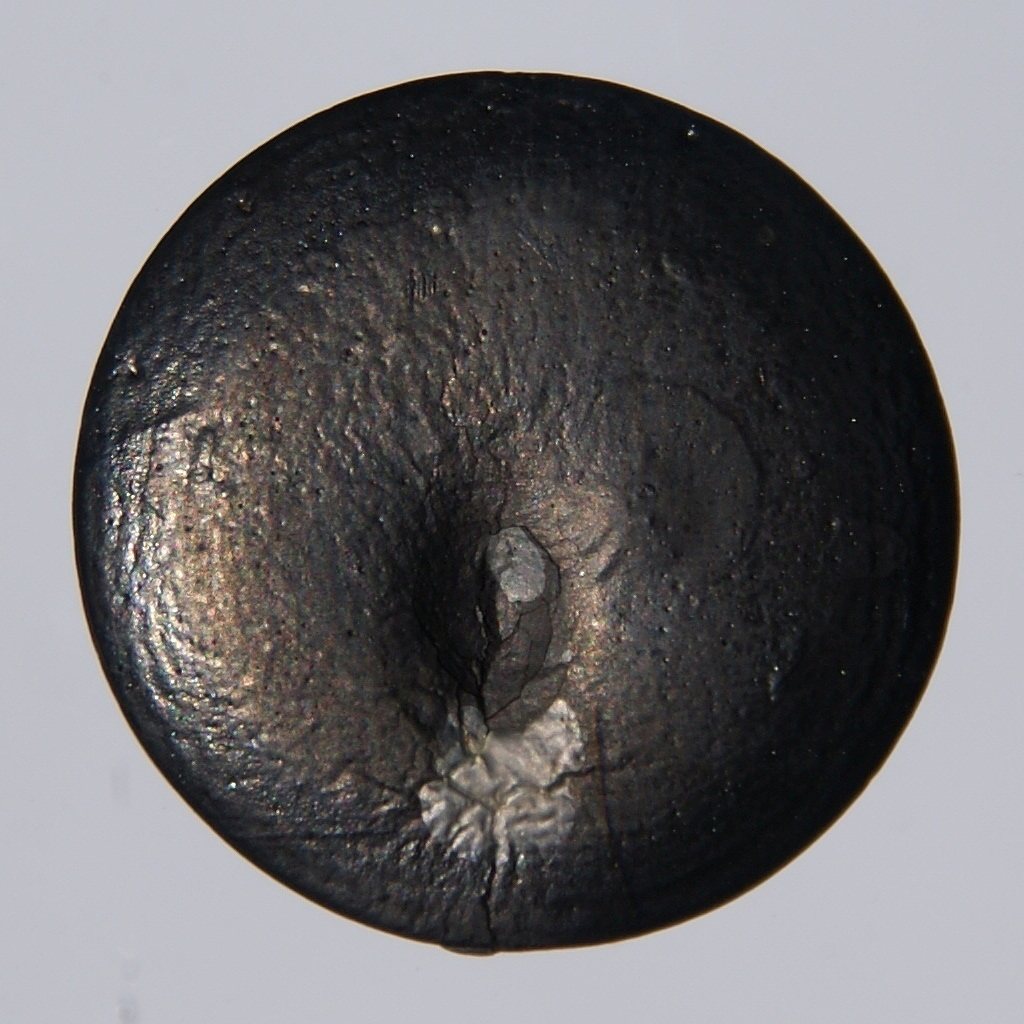Selen
34
Se
Grupp
16
Period
4
Block
p
Protoner
Elektroner
Neutroner
34
34
45
Generella Egenskaper
Atomnummer
34
Atommassa
78,96
Masstal
79
Kategori
Icke-metaller
Färg
Grå
Radioaktiv
Nej
From the Greek word Selene, moon
Kristallstruktur
Enkelt monoklint
Historia
Selenium was first observed in about the year 1300 by the alchemist Arnold of Villanova.
Selenium was discovered in 1817 by Jöns Jacob Berzelius and Johan Gottlieb Gahn who noted the similarity of the new element to the previously-known tellurium.
In 1873, Willoughby Smith found that the electrical resistance of grey selenium was dependent on the ambient light.
Selenium was discovered in 1817 by Jöns Jacob Berzelius and Johan Gottlieb Gahn who noted the similarity of the new element to the previously-known tellurium.
In 1873, Willoughby Smith found that the electrical resistance of grey selenium was dependent on the ambient light.
Elektroner per skal
2, 8, 18, 6
Elektronkonfiguration
[Ar] 3d10 4s2 4p4
Selenium deficiency in animals can lead to slow growth
Fysikaliska Egenskaper
Aggregationstillstånd
Fast
Densitet
4,809 g/cm3
Smältpunkt
494,15 K | 221 °C | 429,8 °F
Kokpunkt
958,15 K | 685 °C | 1265 °F
Smältvärme
5,4 kJ/mol
Ångbildningsvärme
26 kJ/mol
Specifik värmekapacitet
0,321 J/g·K
Förekomst i jordskorpan
5×10-6%
Förekomst i universum
3×10-6%

CAS-nummer
7782-49-2
PubChem CID-nummer
6326970
Atomära Egenskaper
Atomradie
120 pm
Kovalent radie
120 pm
Elektronegativitet
2,55 (Paulingskalan)
Jonisationspotential
9,7524 eV
Molvolym
16,45 cm3/mol
Värmeledningsförmåga
0,0204 W/cm·K
Oxidationstillstånd
-2, 2, 4, 6
Användningsområden
Selenium is used in the glass industry to decolorize glass and to make red-colored glasses and enamels.
It is used as a catalyst in many chemical reactions.
It is also used as a photographic toner, and as an additive to stainless steel.
Selenium sulfide is used in anti-dandruff shampoos.
It is used as a catalyst in many chemical reactions.
It is also used as a photographic toner, and as an additive to stainless steel.
Selenium sulfide is used in anti-dandruff shampoos.
Many of selenium's compounds, such as selenates and selenites, are highly toxic
Isotoper
Stabila isotoper
74Se, 76Se, 77Se, 78Se, 80SeInstabila isotoper
65Se, 66Se, 67Se, 68Se, 69Se, 70Se, 71Se, 72Se, 73Se, 75Se, 79Se, 81Se, 82Se, 83Se, 84Se, 85Se, 86Se, 87Se, 88Se, 89Se, 90Se, 91Se, 92Se, 93Se, 94Se